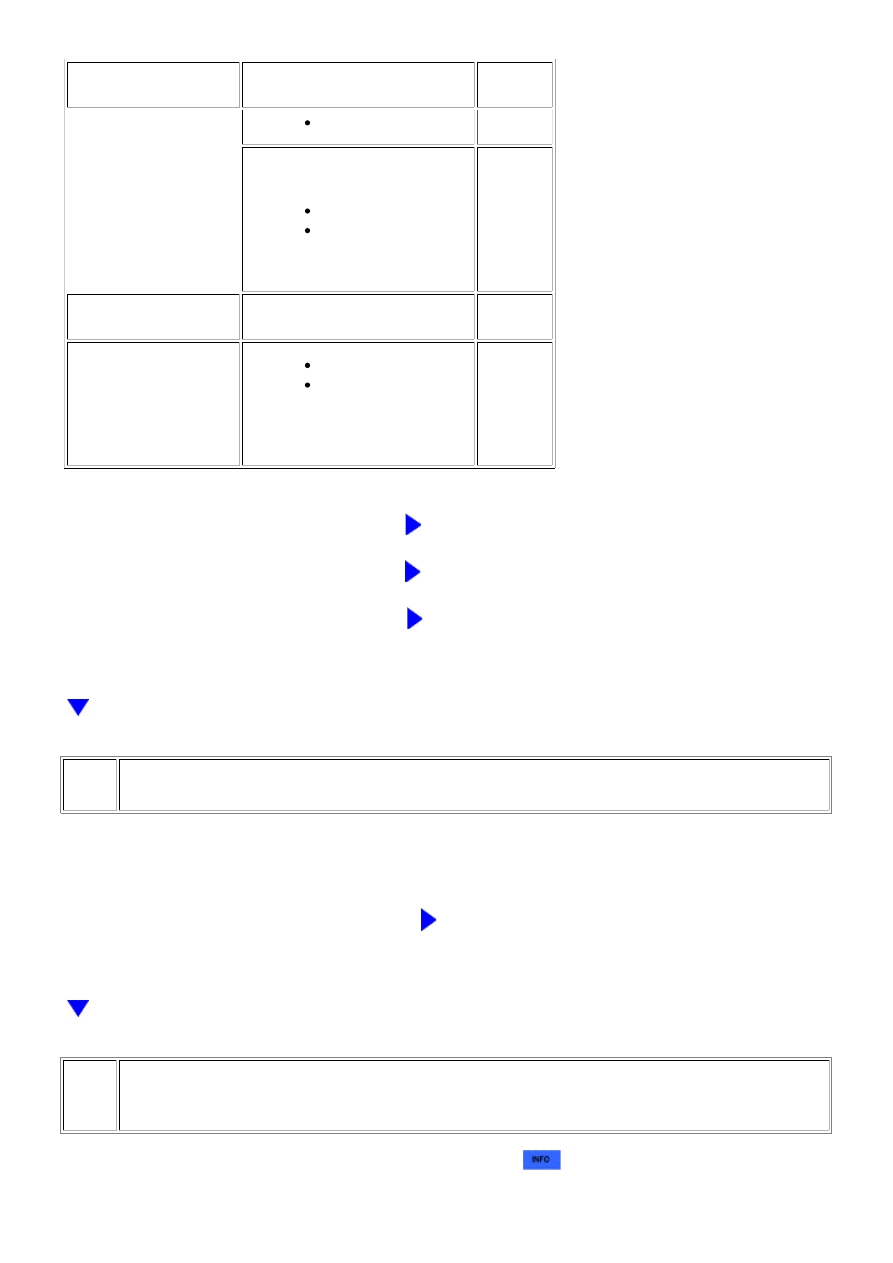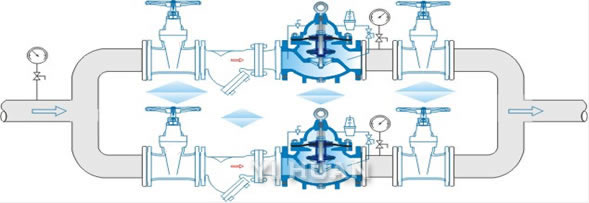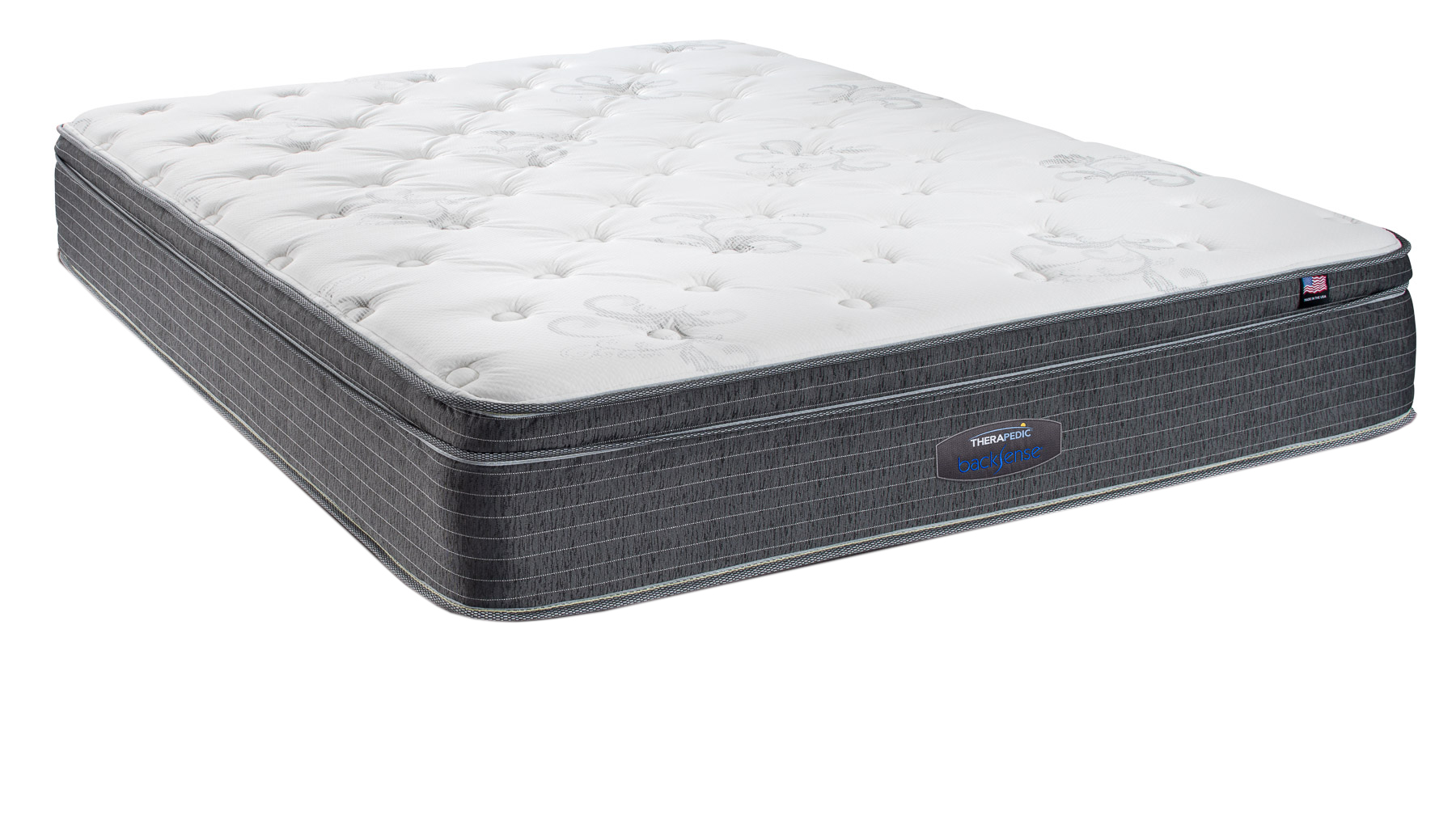If you notice a decrease in water pressure in your kitchen sink, the first thing you should check is the aerator. Over time, mineral deposits and debris can build up in the aerator, causing a blockage that restricts water flow. To check for a clogged aerator, simply unscrew it from the end of the faucet and clean out any debris. You can also soak it in white vinegar to dissolve any mineral buildup. Once the aerator is clean, reattach it to the faucet and test the water pressure again.1. Check for clogged aerator
If you have an older home, the pipes that supply water to your kitchen sink may be outdated and corroded. This can lead to a decrease in water pressure and even leaks. Consider hiring a professional plumber to inspect and replace any old pipes in your home. This will not only improve water pressure in your kitchen sink, but also prevent potential water damage in the future.2. Replace old pipes
If your home has low water pressure overall, installing a water pressure booster can help increase the flow of water to your kitchen sink. These devices work by increasing the pressure of water as it enters your home's main water line. They are relatively easy to install and can make a significant difference in the water pressure in your kitchen sink.3. Install a water pressure booster
The faucet cartridge is the part of the faucet that controls the flow of water. Over time, it can become clogged with debris and mineral buildup, leading to a decrease in water pressure. You can try cleaning the cartridge with white vinegar or replacing it altogether. This simple fix can greatly improve water pressure in your kitchen sink.4. Clean or replace the faucet cartridge
If you have ruled out other possible causes for low water pressure in your kitchen sink, it's important to check for any leaks in the plumbing. Even a small leak can significantly decrease water pressure. Look for any visible leaks or hire a professional plumber to inspect your pipes for any hidden leaks.5. Check for leaks in the plumbing
Hard water, which contains high levels of minerals, can cause buildup in your plumbing and appliances, leading to decreased water pressure. Installing a water softener can help remove these minerals and improve water pressure in your kitchen sink. It's important to regularly maintain and clean your water softener to ensure it is functioning properly.6. Install a water softener
Some homes have a water pressure regulator, which controls the flow of water into the house. If this regulator is set too low, it can result in low water pressure in your kitchen sink. Consult a professional plumber to adjust the regulator to a higher setting and see if this improves your water pressure.7. Adjust the water pressure regulator
If you have an old and worn-out kitchen faucet, it may be time to replace it. Over time, faucets can become clogged with debris and mineral buildup, leading to decreased water pressure. Upgrading to a new faucet can improve water pressure and also give your kitchen a fresh look.8. Install a new kitchen faucet
If you have tried all of the above solutions and still have low water pressure in your kitchen sink, there may be a blockage in your home's main water line. This can be caused by tree roots, debris, or other objects obstructing the flow of water. Hire a professional plumber to inspect and clear any blockages in the main water line.9. Check for blockages in the main water line
If you have high water pressure coming into your home, installing a pressure reducing valve can help regulate the flow of water and prevent damage to your plumbing. This can also improve water pressure in your kitchen sink by reducing the amount of water coming in at a high pressure. By following these tips and addressing any underlying issues, you can improve water pressure in your kitchen sink and ensure a steady flow of water for all your cooking and cleaning needs.10. Install a pressure reducing valve
Why Improving Water Pressure in Your Kitchen Sink is Important for Your Home

Experience Better Cooking and Cleaning with Strong Water Pressure

When it comes to designing your dream home, every detail matters. From the layout and decor to the appliances and fixtures, every element plays a role in creating a functional and aesthetically pleasing space. One often overlooked aspect of house design is the water pressure in the kitchen sink. While it may seem like a minor detail, having strong water pressure in your kitchen sink can greatly improve your daily tasks and overall experience in the heart of your home.
Eliminate Frustrations and Save Time with Efficient Water Flow

We've all been there - trying to wash dishes or rinse vegetables in a kitchen sink with low water pressure. It can be incredibly frustrating and time-consuming, especially when you have a busy schedule. By improving the water pressure in your kitchen sink, you can eliminate the constant struggle of weak water flow and save precious time in your daily routine. This is especially important for those who enjoy cooking and need a steady stream of water for tasks such as filling pots or washing produce.
Prevent Plumbing Problems and Costly Repairs

Low water pressure in your kitchen sink may seem like a minor inconvenience, but it can actually be a sign of a larger plumbing issue. A decrease in water flow can be caused by clogged pipes, leaky faucets, or even a malfunctioning water heater. Ignoring these issues can lead to more serious problems and costly repairs in the future. By improving the water pressure in your kitchen sink, you can prevent these issues from occurring and save yourself the hassle and expense of dealing with them down the road.
Simple Solutions for Improving Water Pressure

Luckily, there are simple solutions for improving water pressure in your kitchen sink. One option is to install a high-pressure faucet aerator, which can increase water flow by mixing air with the water. Another option is to check for any clogs or leaks in your pipes and have them repaired. You may also want to consider upgrading your water heater if it is old or inefficient. These simple fixes can make a big difference in the water pressure in your kitchen sink, making your daily tasks easier and more enjoyable.
Conclusion

In conclusion, having strong water pressure in your kitchen sink is an important aspect of house design that should not be overlooked. By improving the water flow, you can experience better cooking and cleaning, eliminate frustrations and save time, prevent plumbing problems, and have a more functional and efficient kitchen. With simple solutions available, there's no reason to continue struggling with low water pressure in your kitchen sink. Take the necessary steps to improve it and enjoy the benefits in your daily life.

:max_bytes(150000):strip_icc()/ac2-56a73c5c5f9b58b7d0e81846.jpg)
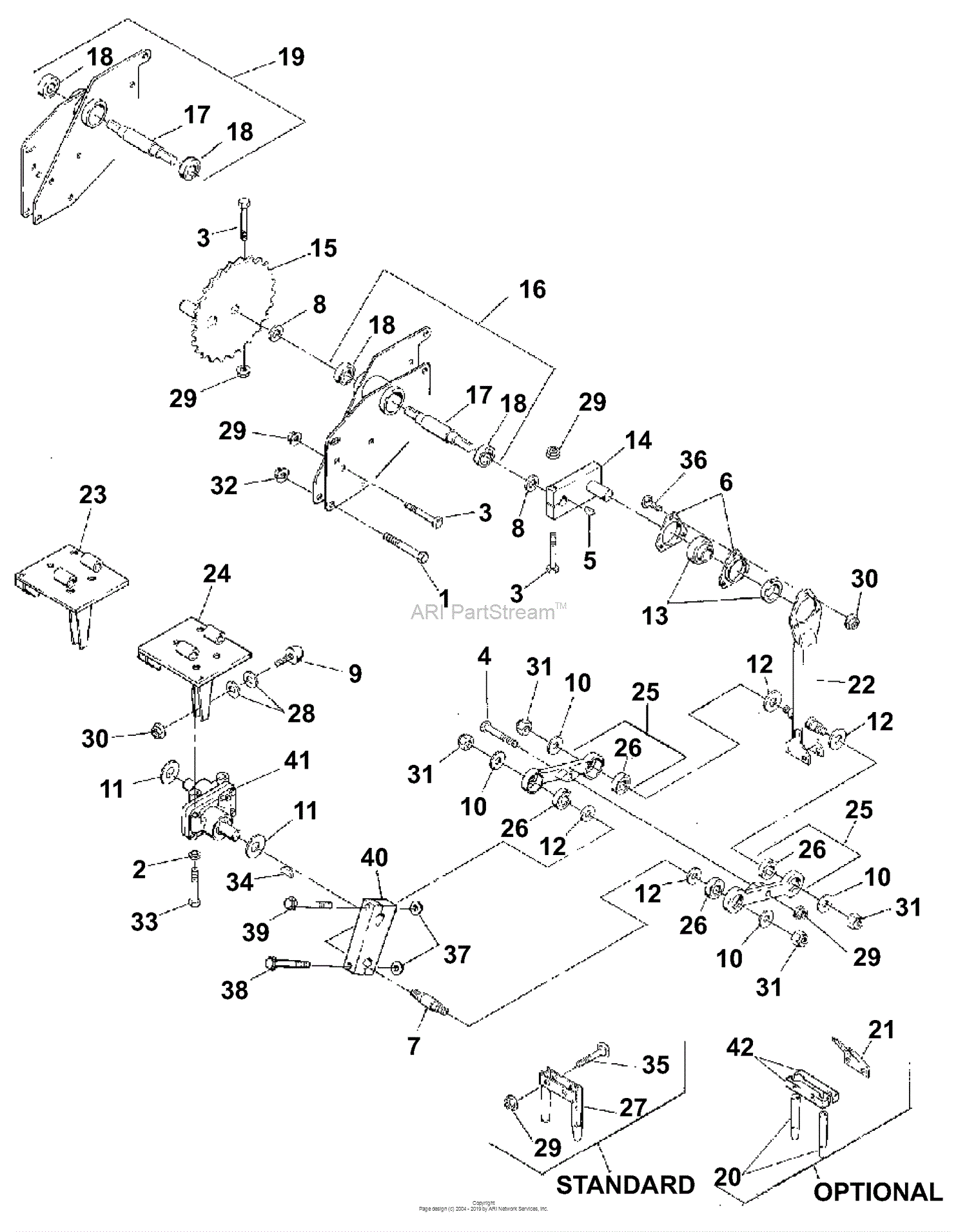














/cdn.vox-cdn.com/uploads/chorus_image/image/67111662/iStock_923270902.0.jpg)













-844-p.jpg?v=ede30092-5775-434a-b8ca-07306b3bbe53)








:max_bytes(150000):strip_icc()/ac2-56a73c5c5f9b58b7d0e81846.jpg)



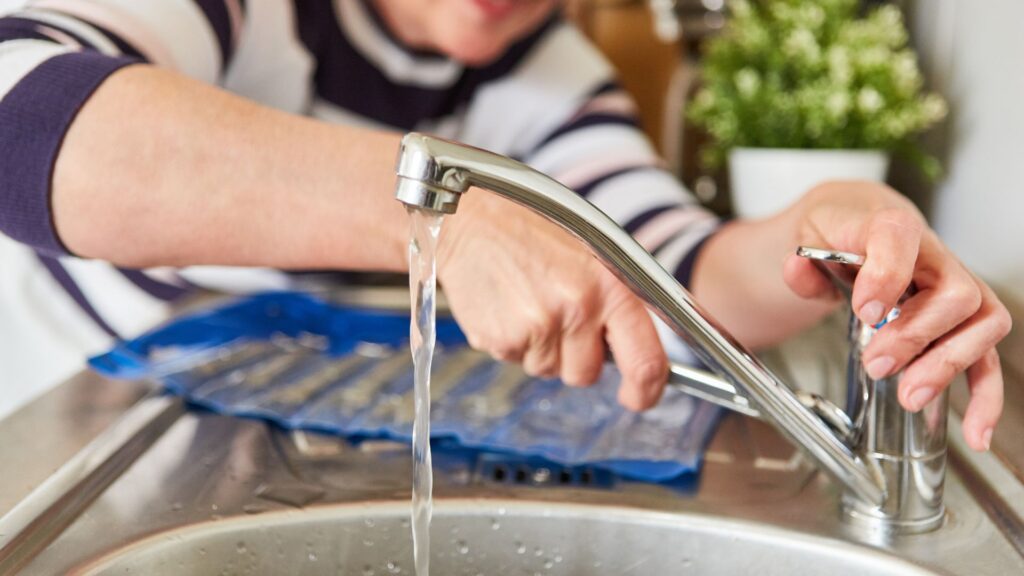







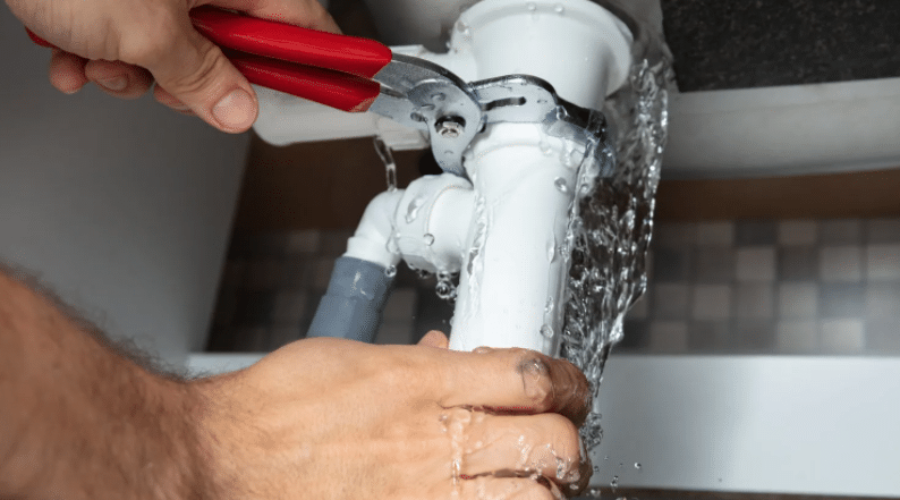








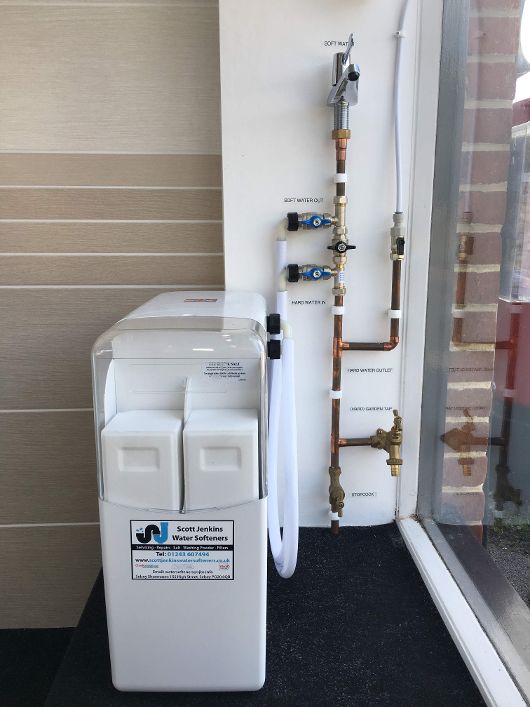






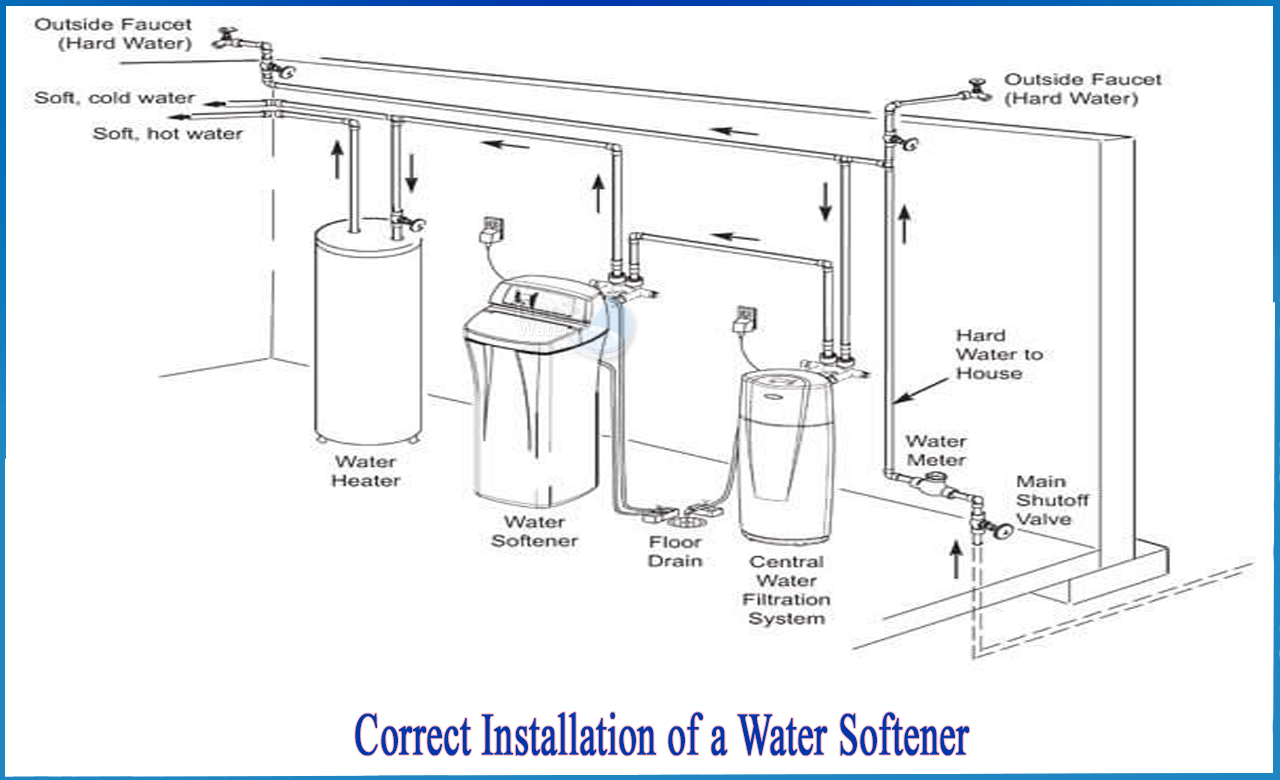














:no_upscale()/cdn.vox-cdn.com/uploads/chorus_asset/file/19495086/drain_0.jpg)










